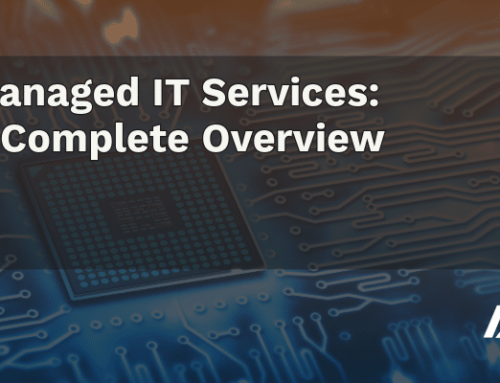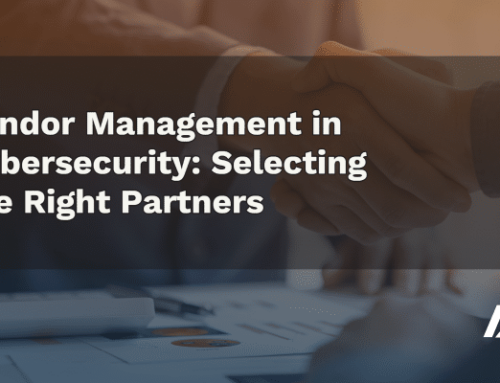In a previous post, we talked about the importance of network monitoring around the clock, with an emphasis on monitoring all the various pieces and parts of your infrastructure to ensure everything is performing as it should, and nothing is hampering network performance.
So where does security come into the picture? Security is inevitably and necessarily woven into the overarching monitoring solution, and there are a number of tools out there that overlap, but it’s not quite the same thing.
Here we take a look at the differences between the two, and seek to understand more about the role of monitoring from a network security perspective.
What is Network Monitoring?
First, let’s look specifically at what network monitoring aims to do at a high level: Measure three main metrics, including availability (or uptime); performance; and configuration, including systems inventory, application and hardware settings.
When something goes awry with any of these things, the network monitoring tools being used alert a network administrator, whose job it is to troubleshoot and correct the problem. If continuous, real-time monitoring is being used, most downtime can be avoided, because the administrator will get a heads up before a major issue happens.
What is Network Security Monitoring?
Network security monitoring, on the other hand, analyzes a number of factors in order to detect threats and prevent security events. While no tool or expert can absolutely guarantee protection, continuous network monitoring and newer technologies are able to decrease the potential that you’ll be hit with a cyberattack like phishing, malware, or data theft.
Also sometimes called cyber security monitoring, this has to do with collecting and analyzing data about network activity, traffic patterns, and so on, looking for anomalies and other potential security threats. It’s gaining a level of threat intelligence using automation that allows for rapid detection and response.
How Can I Get a Handle On Network Security?
Successful security monitoring is full of challenges. For starters, technology landscapes are more and more vast, and as the size of IT environments increase, so too can vulnerabilities. For another thing, cyber threats are only growing in number and boldness.
But there are also the complexities involved at an organizational level — your organization. Successful security monitoring involves getting the right combination of people plus technology plus processes:
- Getting an end-to-end view of your networks and workflows, and minimizing or eliminating so-called network blind spots.
- Having data that is timely and that can be interpreted and analyzed correctly.
- Collaboration and cooperation between security teams and network ops teams.
One solution is to work with an outside provider that specializes in cybersecurity services, such as AccountabilIT. Different sizes of businesses — from small, to mid-range, to enterprise — may require different solutions, and third-party IT security services like AccountabilIT can provide you with an assessment to help you understand better where your risks are and how you can devise and deploy the best security plan for your particular organization.
What’s Next?
Would you like to find out how you can mitigate your risk, get speedy incident response, and reduce the impact of a security breach or other incident? Find out how centralized security monitoring from AccountabilIT can help you make sure you’re covered from all angles, including in the cloud, on-site, and even endpoint security.




